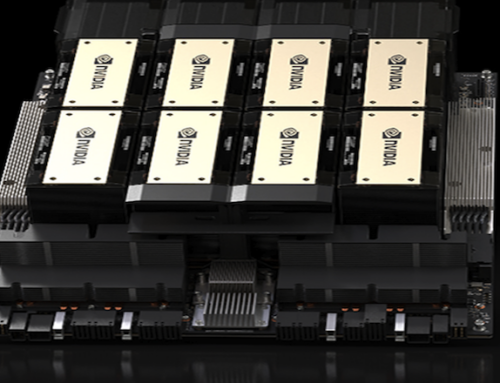Introduction
The semiconductor industry is living the reality that Moore’s Law is dead. Much like a marriage that has ended, it is appropriate to reflect upon the relationship and what it meant. In this case, was Moore’s Law the solid bond that the software industry could rely upon forever? The answer is most certainly no.
The End of an Era
The software industry has been able to comfortably rely on the hardware industry to deliver results for decades. However, given that semiconductors are subject to the laws of physics, the end of Moore’s Law was inevitable. Until new materials or approaches become available, Moore’s Law is considered dead.
An Out of Balance Relationship
There has been an extreme imbalance in the hardware and software marriage, with the hardware industry pulling off enormous feats for meager returns on investment. This has led to concerns being raised by major industry players about the sustainability of this trend.
The Inevitable Conclusion
Predictions about the end of Moore’s Law have been made by leading experts in the field, acknowledging that all exponentials must eventually come to an end. The earliest predictions placed its demise around 2020, with limitations in reducing the size of components being a major contributing factor.
Investment Hesitations and Shifts
Recent shifts towards fabricating chips on larger silicon wafers and the associated costs have raised questions about the future of chip demand and investment in the necessary technology, indicating a potential delay in the evolution of semiconductor manufacturing.
A Classic Case of Trench Mentality
The reliance on multi-core processors as a solution to the demand for greater speed has showcased a trench mentality within the software industry, unable to break free from the expectation of a consistent 2X speed up every 18 months.
Life Outside of the Trench
Innovations like MindAptiv’s Essence® software platform aim to redefine computing with approaches like Semantic Intelligence, offering a paradigm shift in computing capabilities and moving beyond traditional limitations.
Conclusion and Reflection
As the semiconductor industry navigates the post-Moore’s Law era, innovations and new paradigms in computing are emerging to challenge and redefine the boundaries of what is possible. It is a time of reflection, adaptation, and forward-thinking in the face of inevitable technological evolution.
Note on Changes: This article has been revised to include structured headings for improved readability and comprehension. The introduction and conclusion sections have been added to contextualize the discussion and summarize key points. This format aims to enhance the reader’s engagement and understanding of the evolving landscape in semiconductor technology and its broader implications.










Leave A Comment